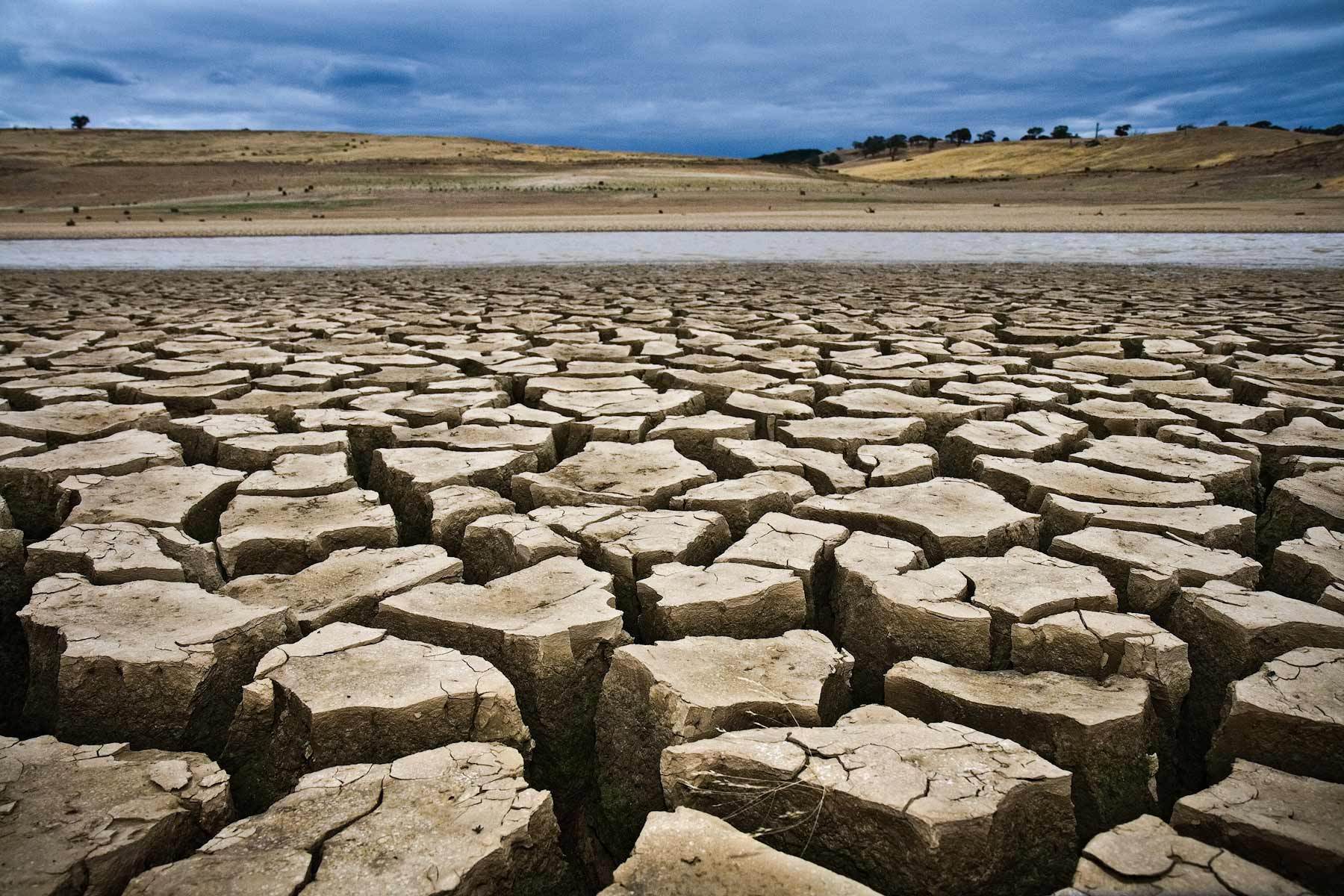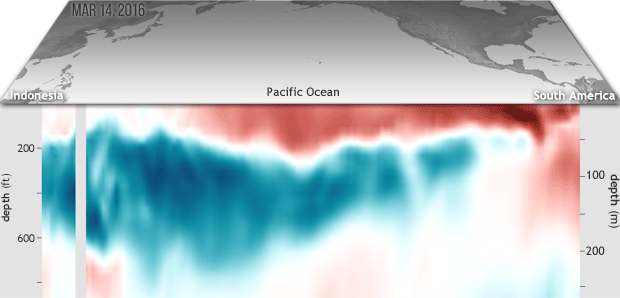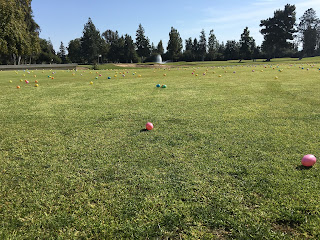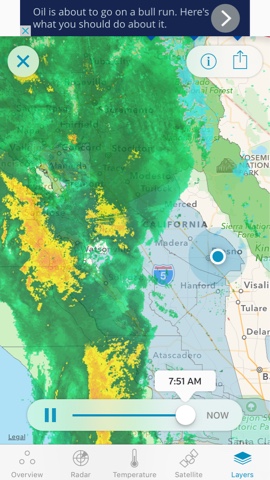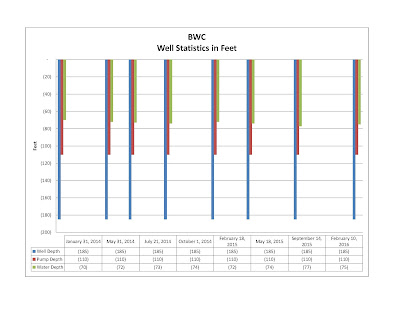Happy Holidays
November Weather
My family was from the mid-west where they dry land farmed in Nebraska. They were all weather watchers. The weather was the life blood of the plains. If you mis-read or were mis-informed about the weather, it could be spell disaster. The current drought in California and all of the southwest United States, could last for years or even centuries. I'm watching the weather and our reprieve last year with El Nino has been replaced by El Nina.Both November daily high and low temperatures were 3 degrees warmer than the average for the month. Rainfall of 1.85"and was .20" above average. Outlook for December is not so promising.
 The Drought Outlook: Over Half of the U.S. is Dry
The Drought Outlook: Over Half of the U.S. is Dry
The Old Farmers AlmanacThe latest figures are out. As of end of 2016, more than half of the continental U.S. is dry or in drought. And it’s not expected to end. Read more...
Pipeline Construction
 The pipeline construction has begun. I will forward information and updates from the city on progress and road closures as I receive them.
The pipeline construction has begun. I will forward information and updates from the city on progress and road closures as I receive them.
For more information, please click here.
 Water usage was again seasonally down in November to 34,800 gallons per household, however, it was 7% worse than target and 44% worse than last year. For the year, we are now worse than target and last year by 4%. Click here for a larger view.
Water usage was again seasonally down in November to 34,800 gallons per household, however, it was 7% worse than target and 44% worse than last year. For the year, we are now worse than target and last year by 4%. Click here for a larger view.
The plan’s fundamental premise is that efficient water use helps all of California better prepare for longer and more severe droughts caused by climate change. California recently suffered the driest four years in state history, with only average rainfall last year. Even today, 75 percent of the state remains in severe drought conditions. A UCLA report projects the Sierra Nevada snowpack, one of California’s largest sources of water supply, to potentially drop 50 percent by the end of the century due to climate change.
Watering Rules
Please water only three days per week, Tuesday, Thursday and Saturday. If you have a seasonal adjustment on your sprinkler controller, you should look to dial it back to the 10% level. If you don't, turn it OFF for December, January, and February.
Water Conservation
 Water usage was again seasonally down in November to 34,800 gallons per household, however, it was 7% worse than target and 44% worse than last year. For the year, we are now worse than target and last year by 4%. Click here for a larger view.
Water usage was again seasonally down in November to 34,800 gallons per household, however, it was 7% worse than target and 44% worse than last year. For the year, we are now worse than target and last year by 4%. Click here for a larger view.Making Water Conversation a California Way of Life
State agencies have released a draft plan for achieving long-term efficient water use and meeting drought preparedness goals that reflect California’s diverse climate, landscape and demographic conditions.The plan’s fundamental premise is that efficient water use helps all of California better prepare for longer and more severe droughts caused by climate change. California recently suffered the driest four years in state history, with only average rainfall last year. Even today, 75 percent of the state remains in severe drought conditions. A UCLA report projects the Sierra Nevada snowpack, one of California’s largest sources of water supply, to potentially drop 50 percent by the end of the century due to climate change.
To read all 72 pages of the draft plan, click here.







